Project Description
adapt is an application that helps climate adaptation managers to limit the inevitable consequences of climate change in their community.
Using various maps, climate adaptation managers can compare the climatic situation in their city with different climate change scenarios and identify highly vulnerable areas.
In the next step, adapt proposes suitable measures that can be adapted to the municipal needs and budgets by the climate adaptation managers. This ensures that the planned measure is the optimal solution for the area. Afterwards, it is possible to export all information as a handout, which can be used as a basis for arguments in the city council or in discussions with decision makers.
Process
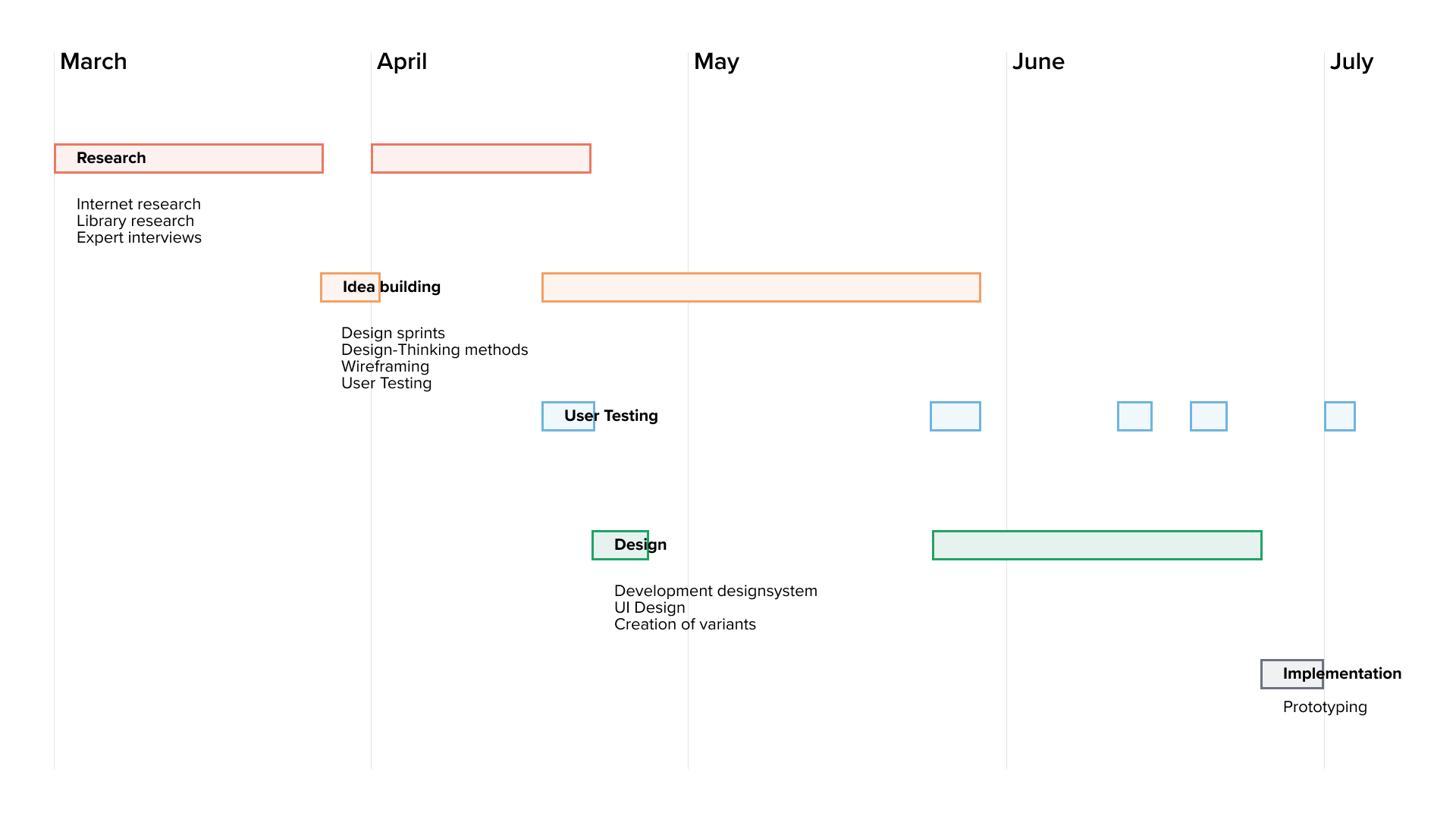
Outline
This project was developed in the context of my bachelor's degree, developed in a period of 4 months.
I worked together with my fellow students Elisabeth Scheer and Michael Mack. My role was researching climate adaption measures, preparing and conducting expert interviews, creating personas and design principles as well as the conception of various features. I also created the information architecture and was involved in designing the final UI.
How might we support climate adaption managers in planning a climate resilient city?
Challenge
Flood disasters and new heat records - climate change is increasingly being felt in our cities and communities. In the coming years we can expect even more frequent extreme weather events caused by climate change. Already 95% of communities note climate impacts and only about 10% have a climate adaptation concept at all. But the will for change is there, just
not enough money, urgency and human resources. Many cities also still suffer from complex bureaucratic processes and a dependence on funding. Climate adaptation managers don't have it easy either. They are new to the profession and have to take a foothold in the bureaucratic environment.
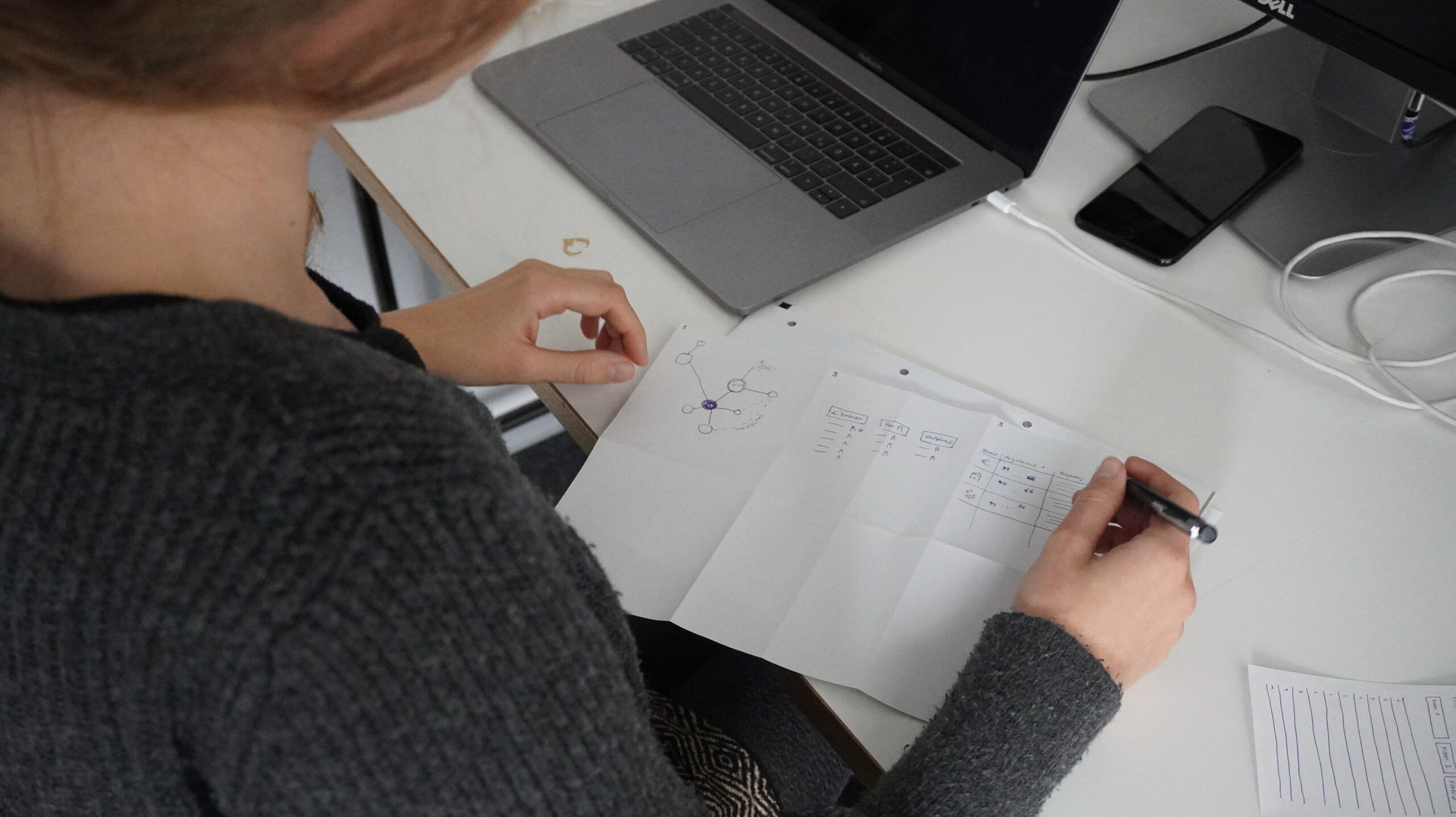
Solution
Using various maps that show heat stress, cold air source areas, vulnerabilities, and flood and heavy rain hazards, climate adaptation managers can compare and assess the climatic situation in their city with various climate change scenarios and identify high risk areas.
In the next step, adapt proposes suitable measures that can be adapted to the municipal needs and budgets by the climate adaptation managers. This ensures that the planned measure is the optimal solution for the area.
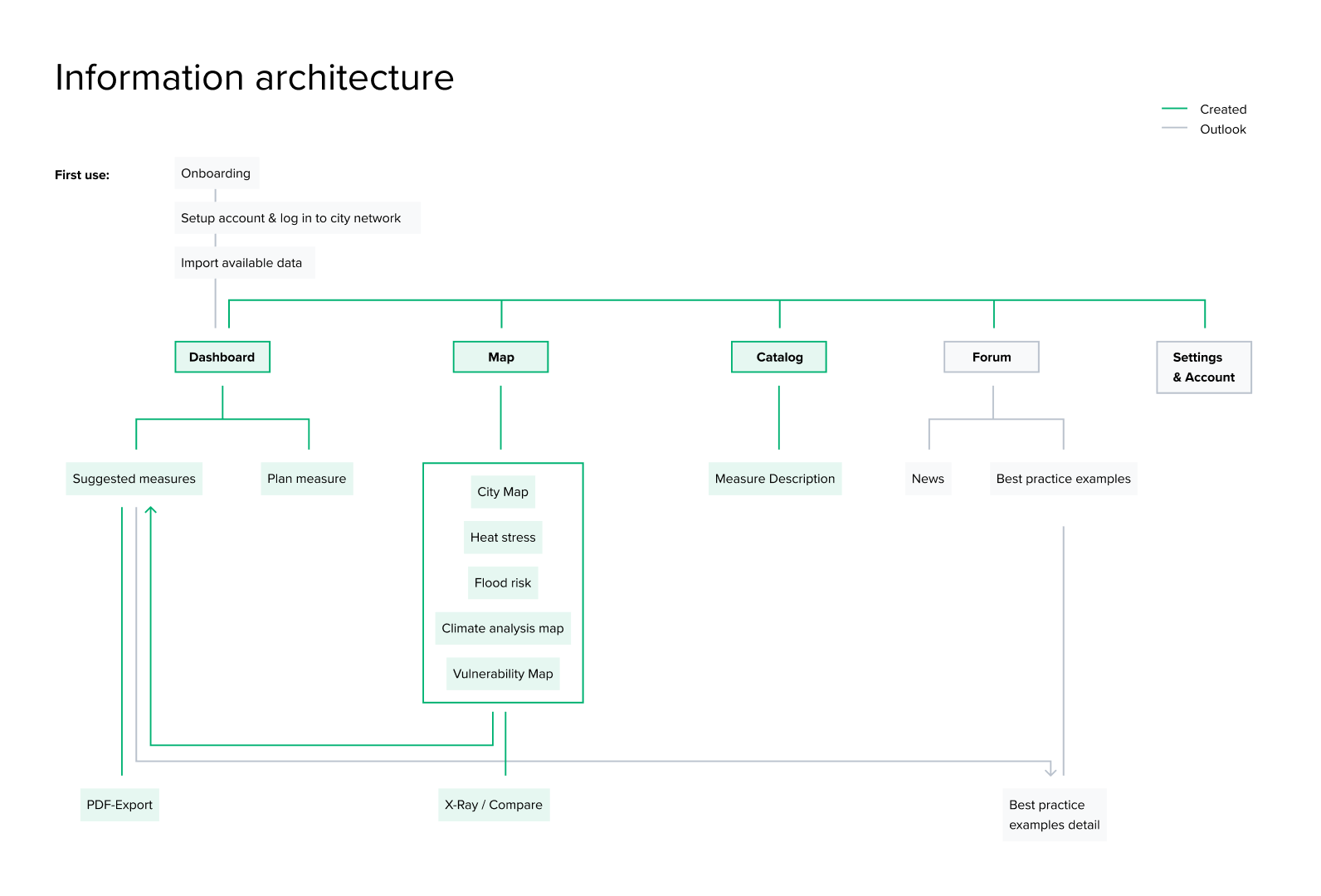
Gallery
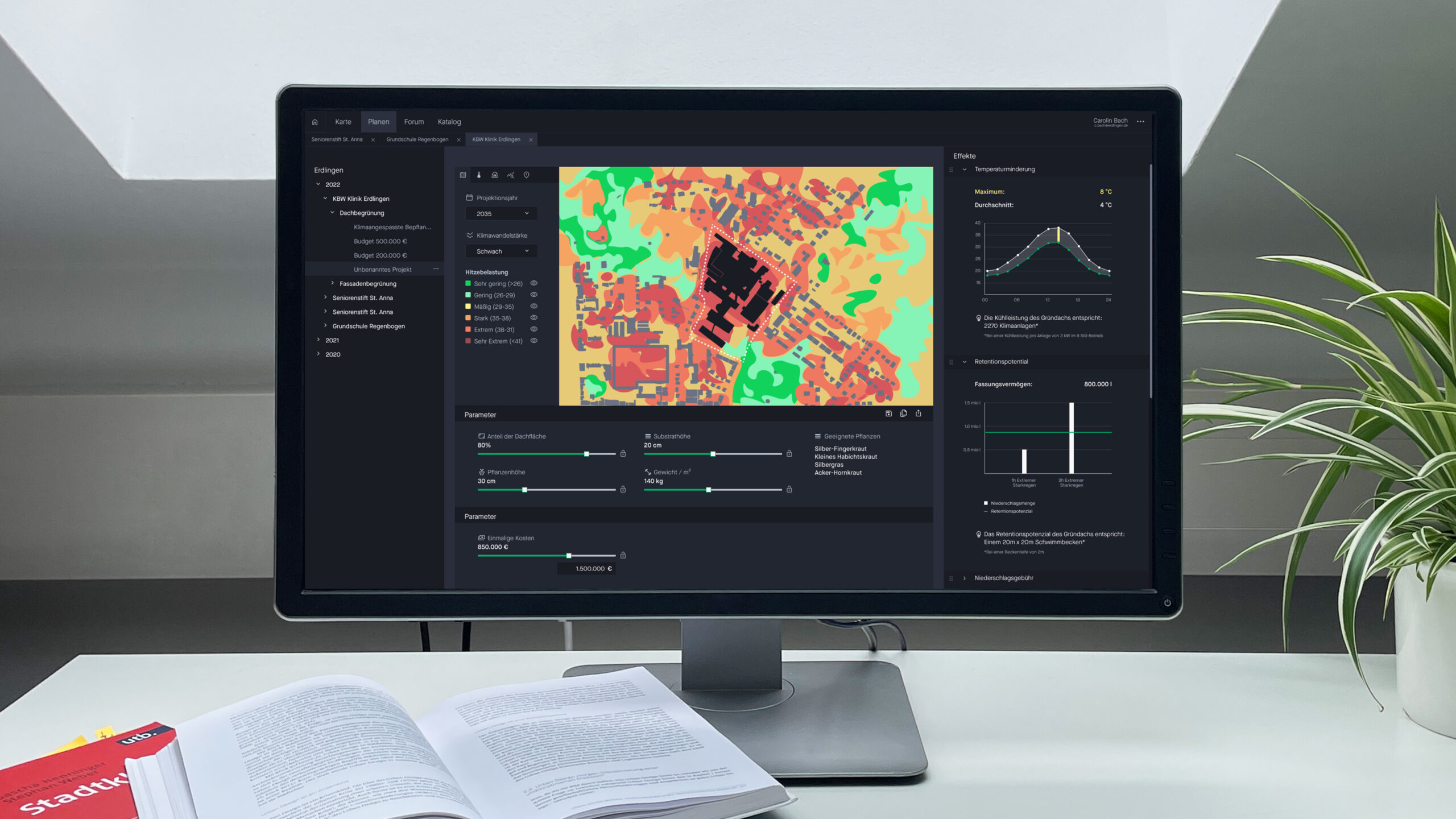
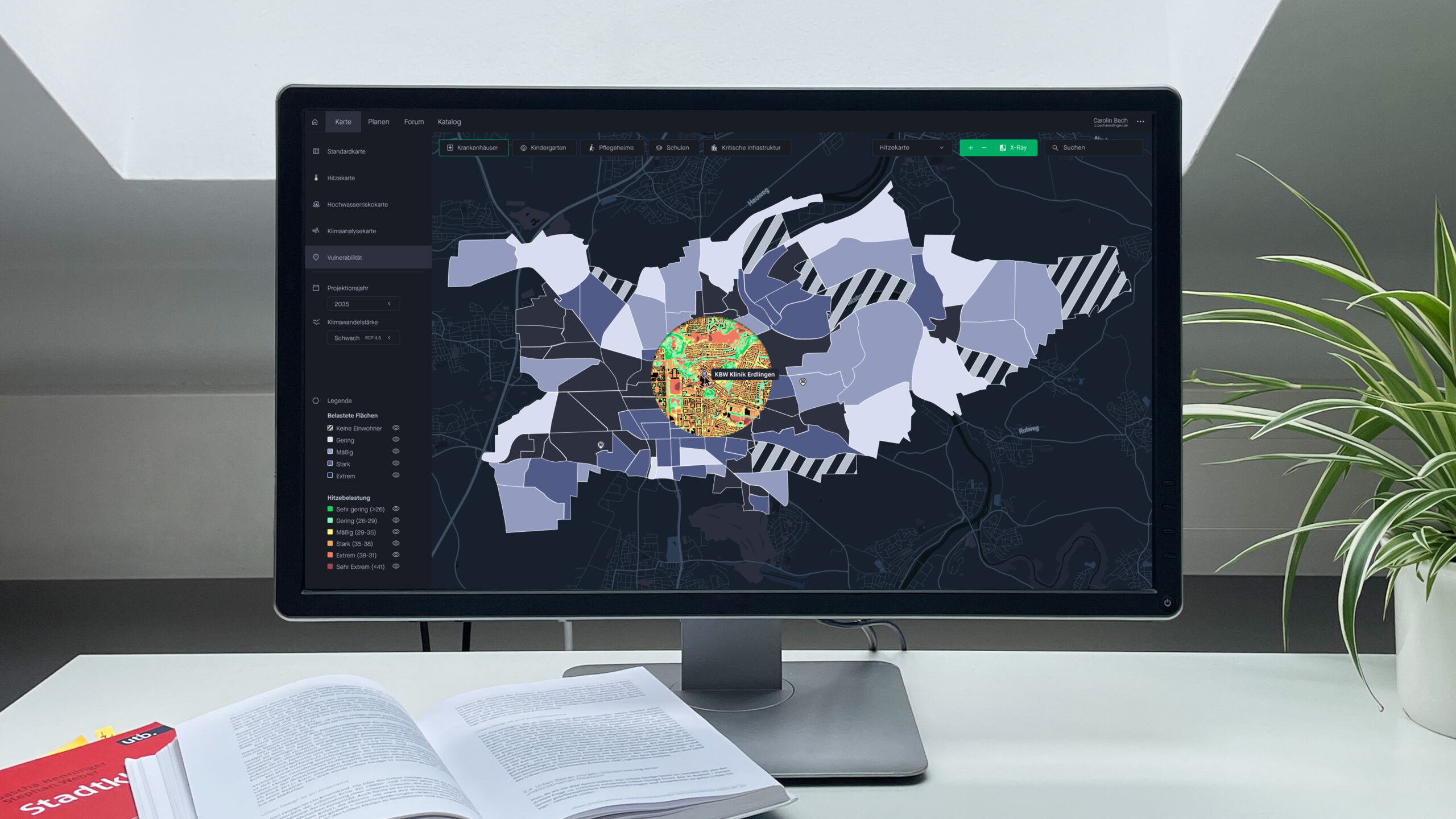
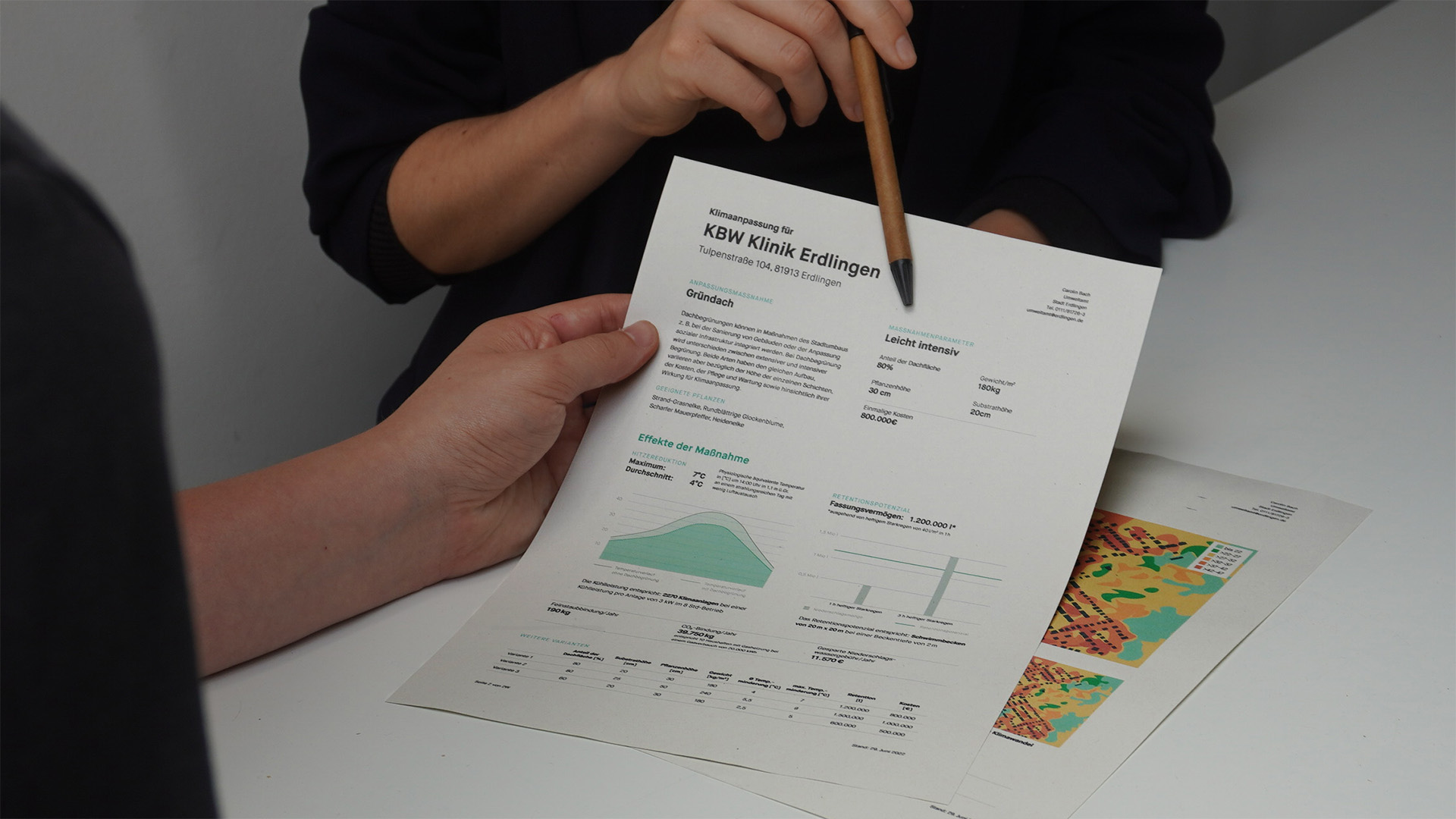
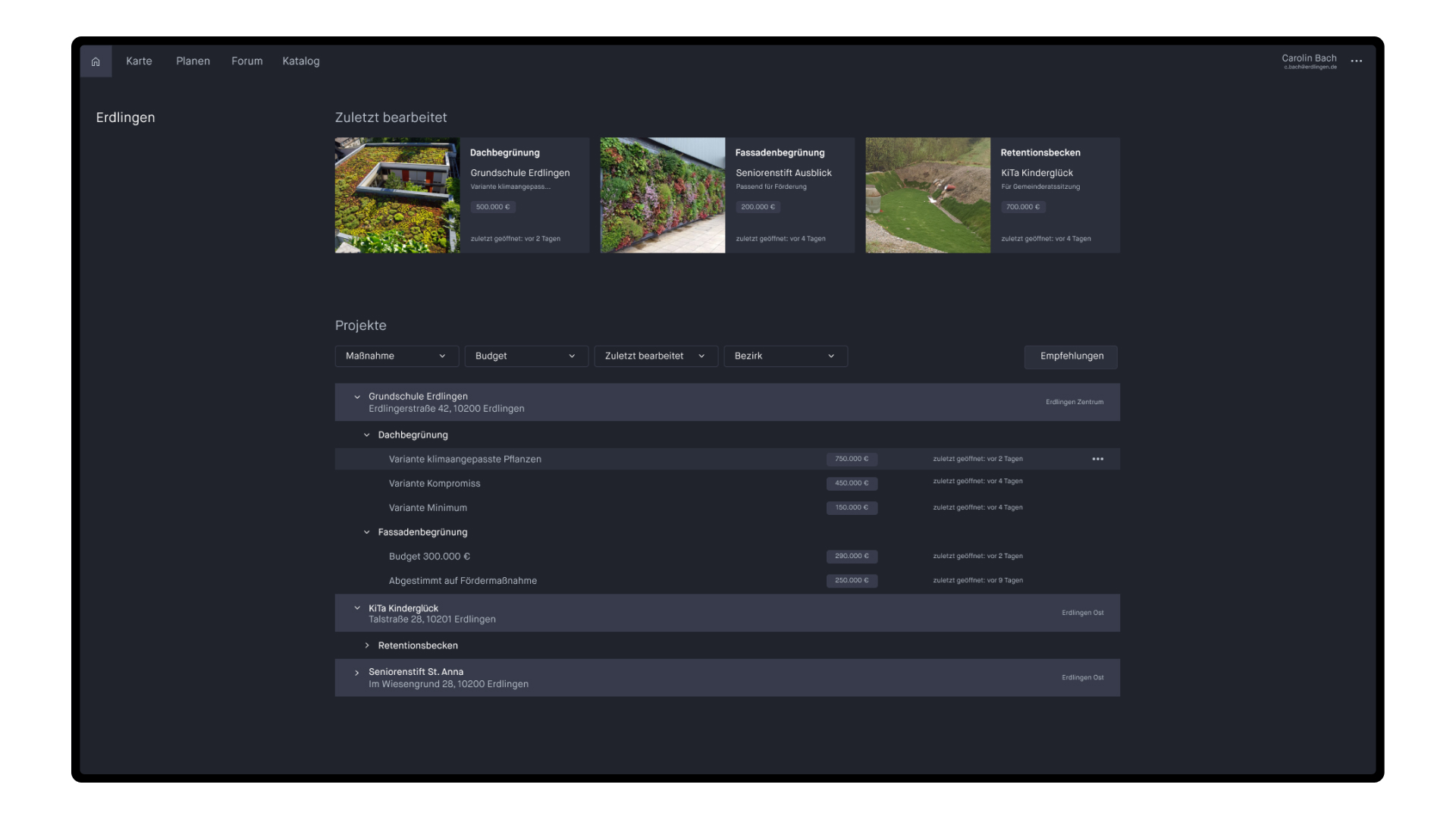
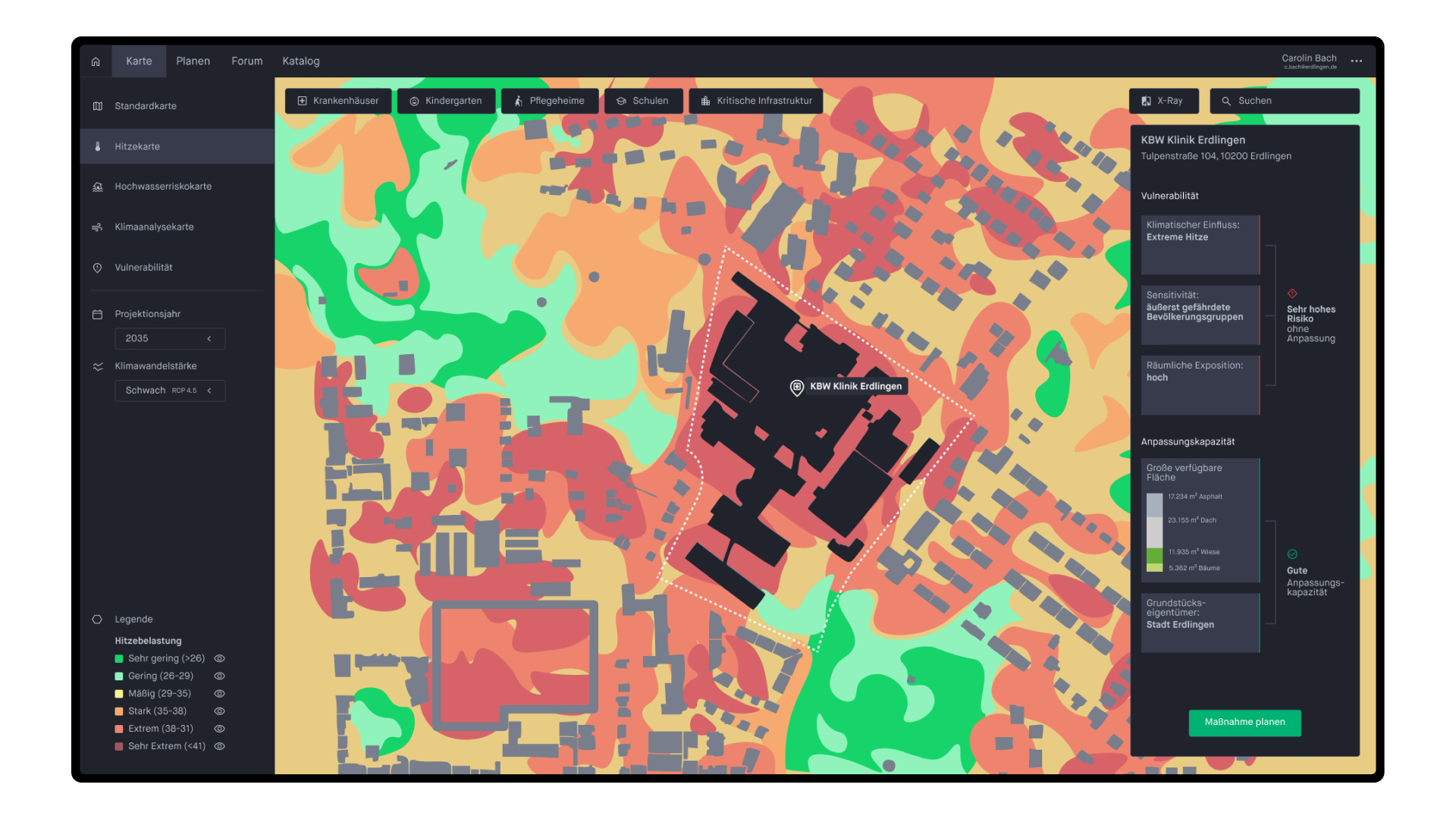
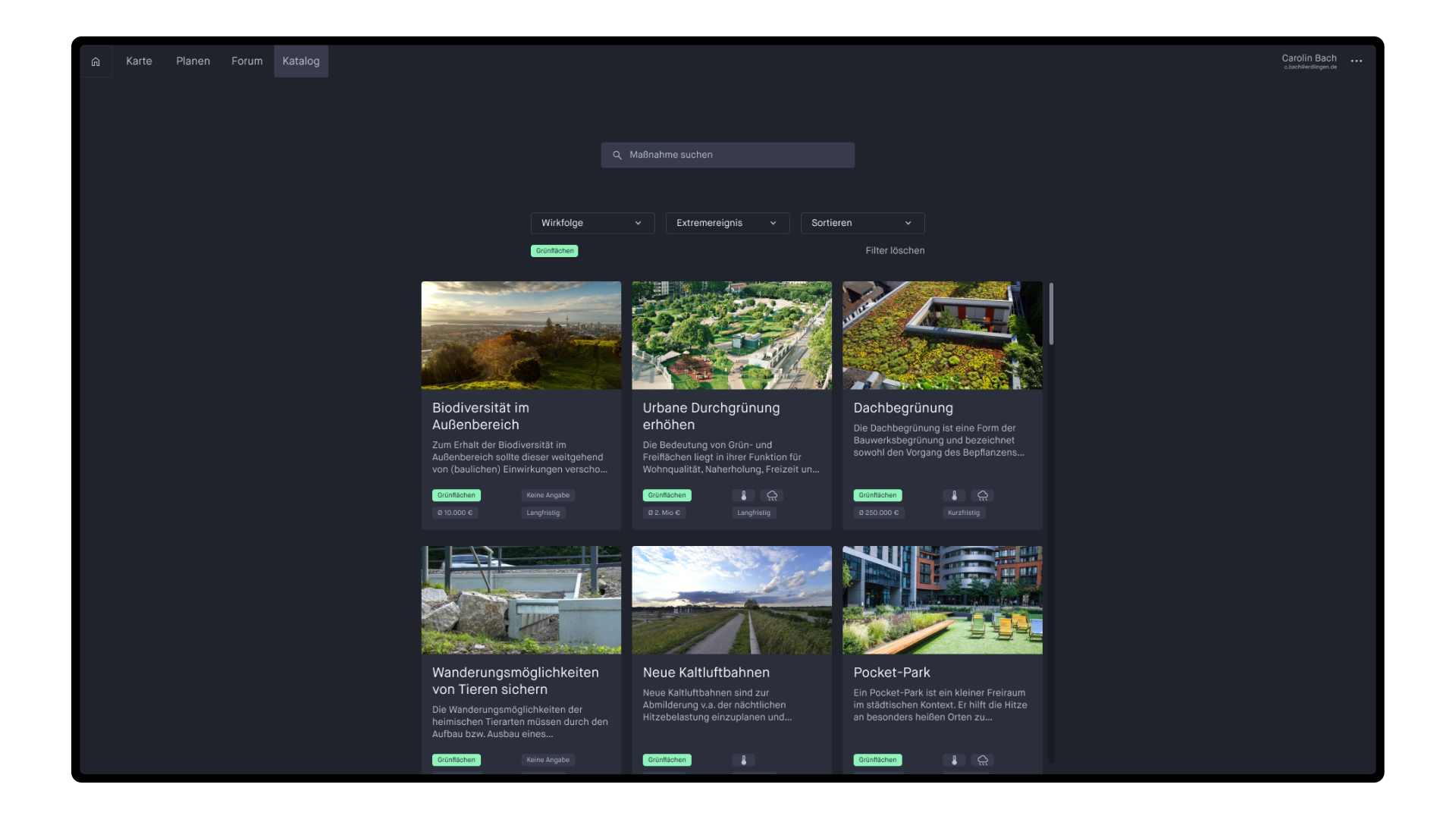
My learnings
As a UX designer, I've learned that conducting structured user research is crucial for gaining valuable insights into user needs and preferences. I have experience preparing and conducting professional expert interviews, as well as refining my design thinking skills, such as stakeholder analysis, idea towers, card sorting, 6 thinking hats, and competitor analysis.
Now I understand that diving into complex topics can be difficult for non-experts, therefore I make an effort to simplify information and present it in a way that is easy to understand and accessible to all users.
I also recognize the importance of creating and developing a design system using atomic design principles, which helps me to create cohesive and consistent design patterns.
Lastly, I've learned that changing the product vision throughout the design process to fit into market niches is an option for ensuring that the product meets user needs and remains competitive. Overall, these key learnings have helped me in becoming a more effective and empathetic designer.
Next project
fibu
fibu is a twopiece baby monitor that helps parents ensuring their baby's safety by optimizing and improving essential features of traditional baby monitors, such as talkback, handling and various sensory indicators.



